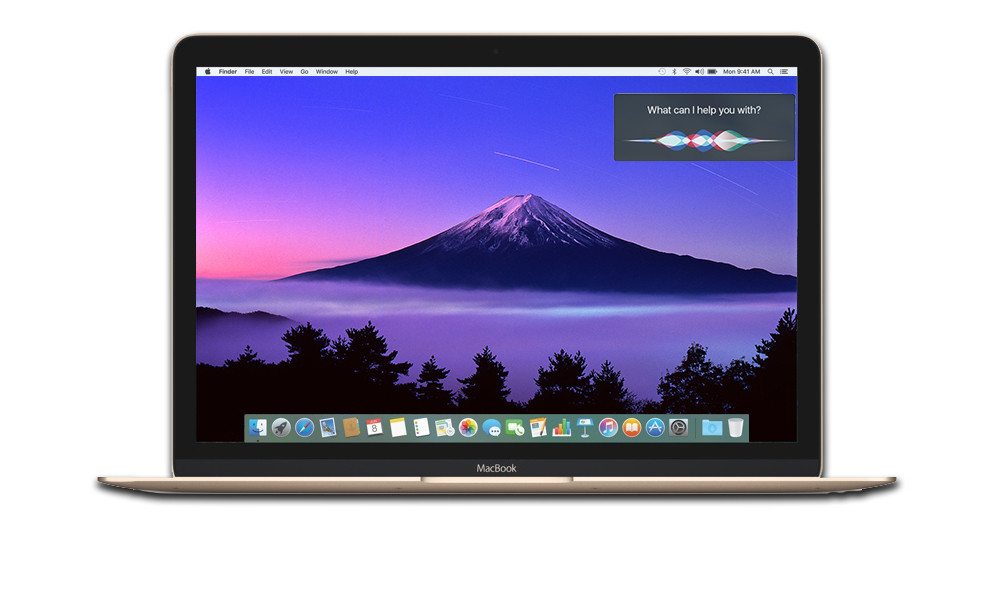Siri Is Coming to Mac: How to Get Started Using Siri Today

Toggle Dark Mode
Apple’s rebranded desktop operating system, macOS, is about to touch down later this fall boasting a plethora of new features, including a tabbed app tray, a new ‘Dark Mode’ (which is also slated to be coming to iOS 10), and perhaps most exciting of all, built-in support for Siri — the Cupertino-company’s home-brewed virtual voice assistant.
It’s been a long time coming, needless to say; but after years of speculation and eager anticipating, Apple has finally announced a major desktop OS update that will officially usher in the era of Siri on your Apple desktop or laptop computer!
And while the official release of macOS is still slated for later on this fall, don’t forget that you can always get your system up and running on the beta bandwagon right now — so you can try out Siri, and all the other exciting macOS features, before they’re released to the general public.
So whether you’ve upgraded to macOS Sierra beta already, or plan to do so in the weeks to come, here’s our guide to how you can get started using Siri on your macOS Sierra-powered desktop or laptop.
STEP 1: How to Enable Siri
When you register for Apple’s Public or Developer beta programs, and download macOS Sierra, you’ll be guided through the set up process — during which you’ll be prompted to enable Siri, and then configure the various settings to your preference. However, if for some reason you initially skipped that step, you need not worry — seeing as how Siri can always be configured at your discretion, by navigating to System Preferences > Siri > and then checking the box for ‘Enable Siri’.
STEP 2: How to Summon Siri
Once enabled, there are a numbers of ways in which Siri can be activated for use. One option would be to simply click on the new Siri icon located in the menu bar at the top of your screen. Doing so will reveal the standard Siri pop up window in the upper right-hand corner of your screen.
Alternatively, a Siri icon can be placed in your standard application dock, as well; and though the feature is not an app, in itself, you can always access the feature from your app dock as you would other apps, like Photos, Pages, Safari, etc.
Last but not least, macOS Sierra, by default, allows for the keyboard shortcut activation of Siri. Simply press and hold the Command key and Space Bar at the same time to launch the Siri pop up menu.
(Of course, you can always change this default keyboard shortcut to your liking, too, by simply going to System Preferences > Siri > Keyboard Shortcuts > Customize, and then pressing the key, or key combination, you’d like to assign to activate her.
If you’ve ever used Siri to help you complete tasks or look up information on your iOS device, then you’ll already be familiar with how the process of using the voice assistant works. However, on macOS Sierra — the first iteration of Apple’s rebranded OS — Siri will actually be able to do things in a much different way — not to mention, more of them. For instance, Siri on macOS will be much smarter than she is on iOS — allowing you to do things like launch apps, open files of various kinds, and a whole lot more.
Have you downloaded macOS Sierra beta and enabled Siri on your Mac yet? Let us know in the comments!






